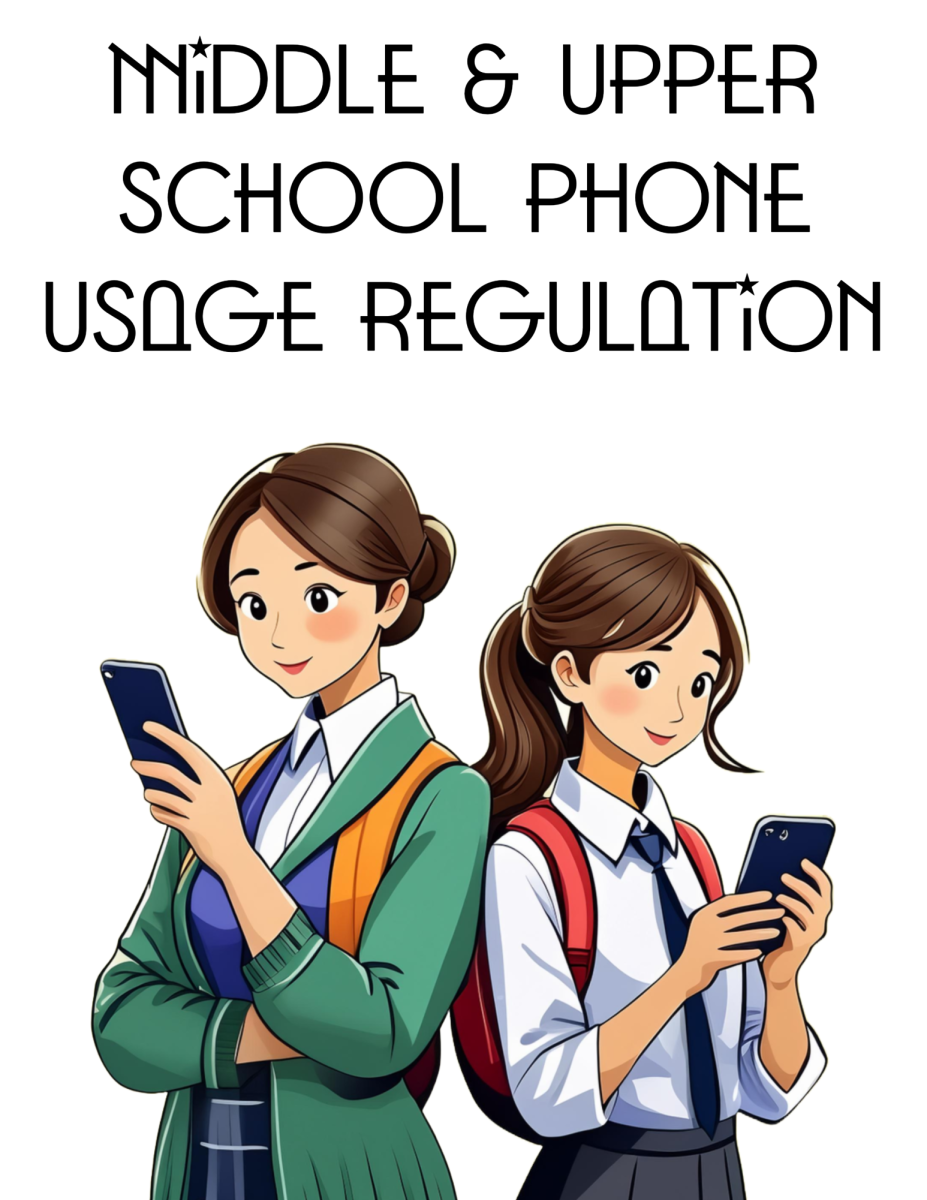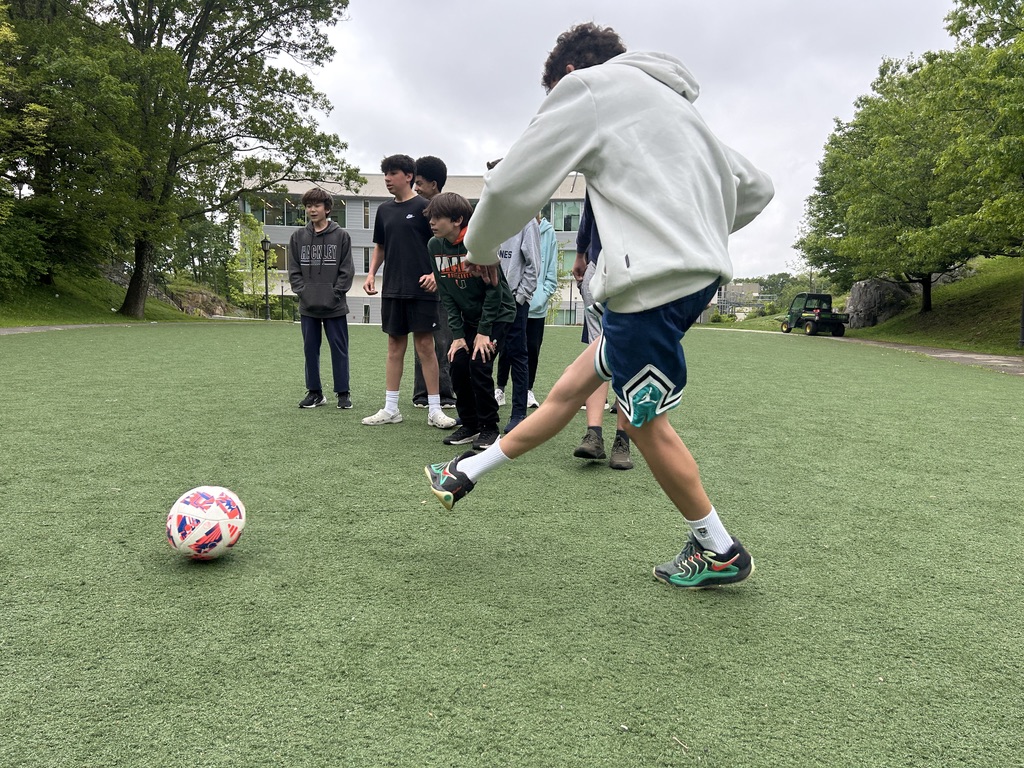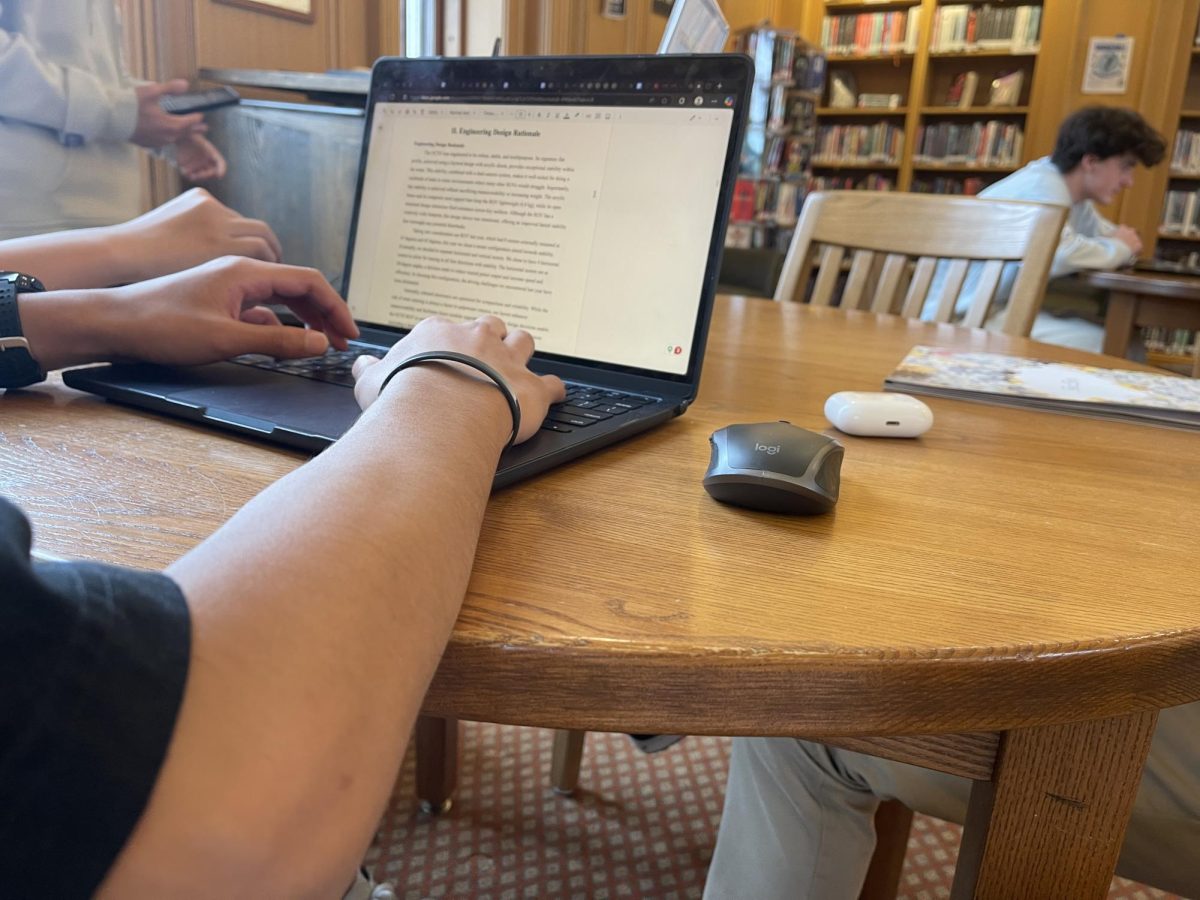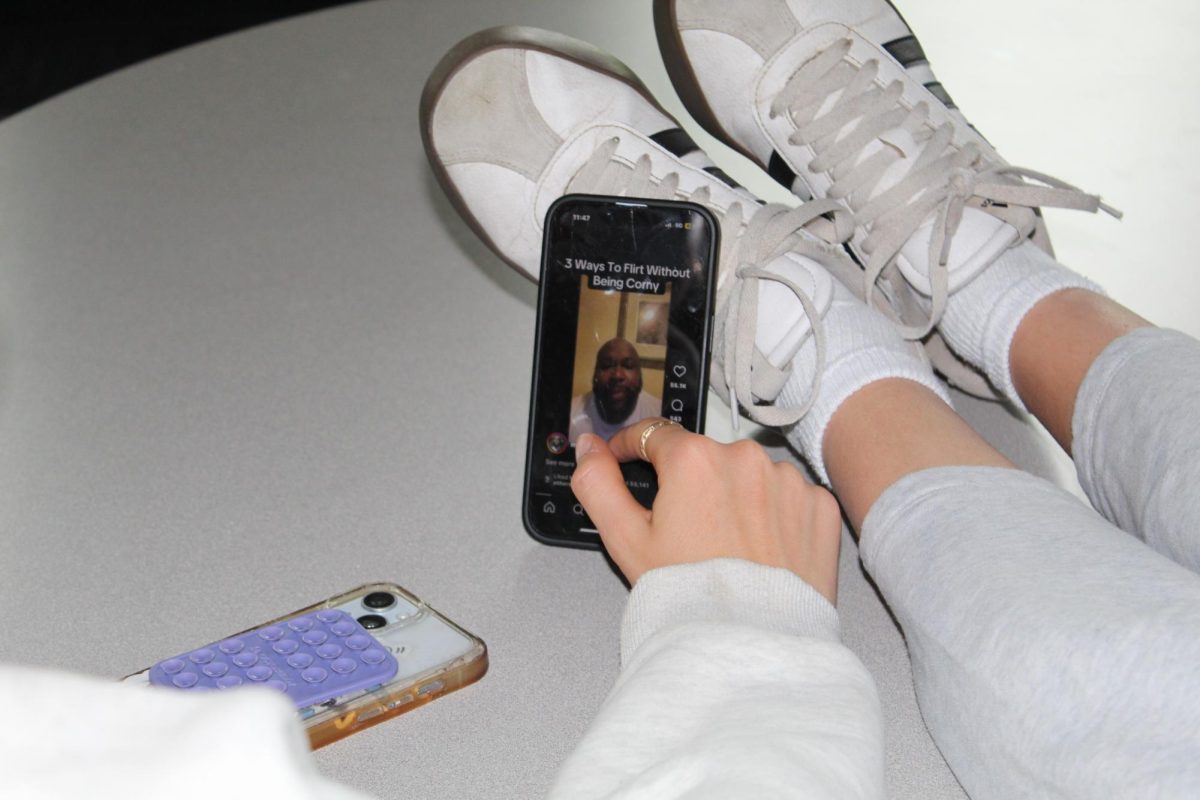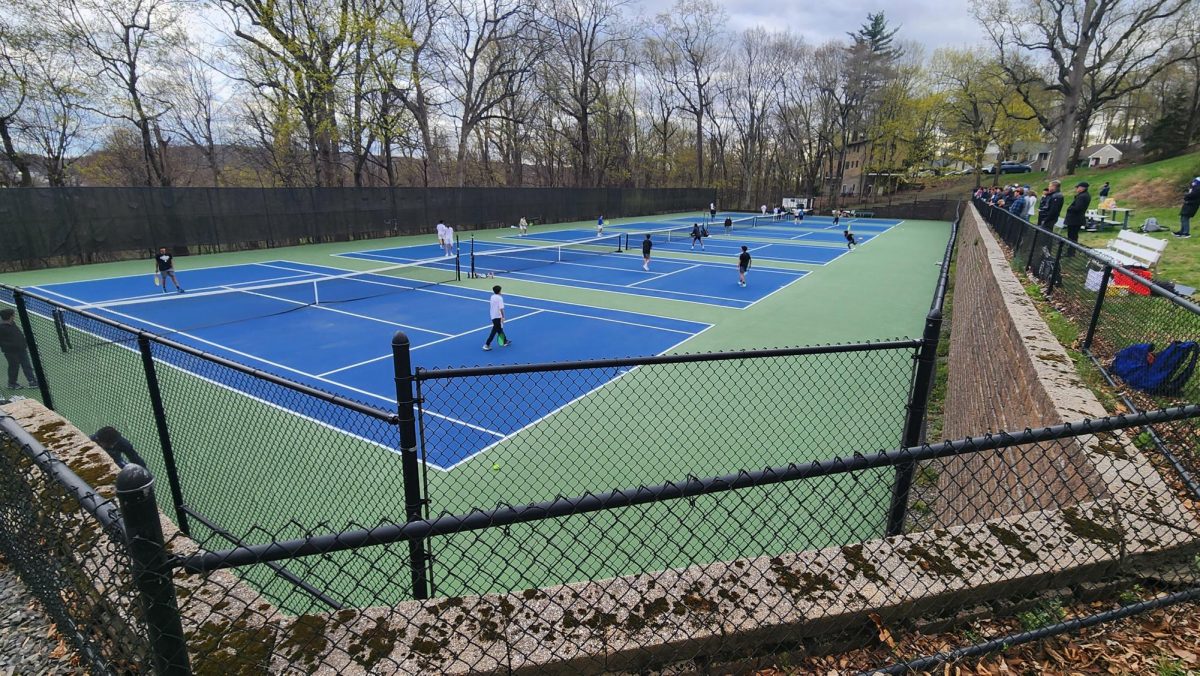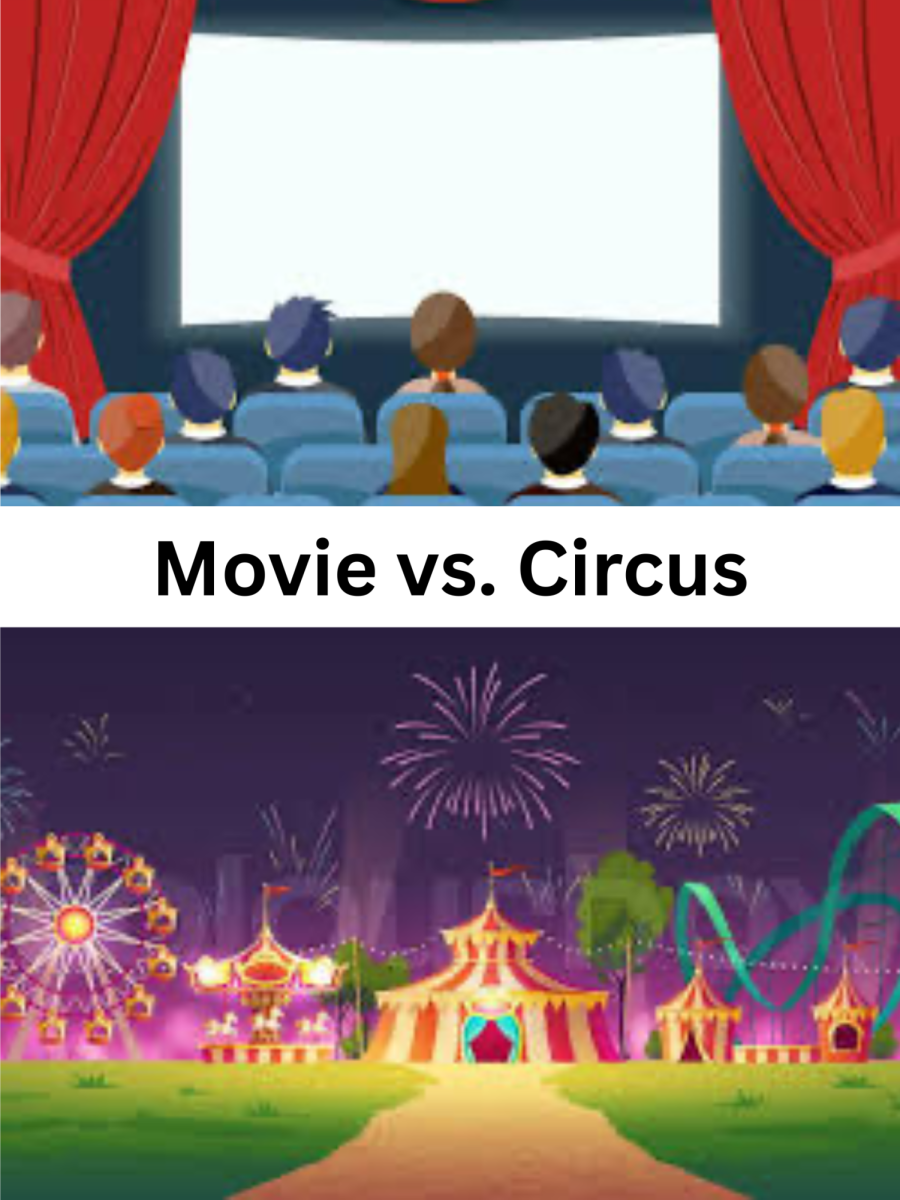In the ongoing debate over whether students should be allowed to have phones in school, the key considerations often revolve around the WHO and WHEN on phone use. Drawing from my personal experience at Hackley, I argue that middle school students are better off without phone access during school hours, while highschool students can benefit from responsible using their phones during specified times, such as between classes and free periods. This distinction is based on the contrasting needs and maturity levels of middle schoolers and highschoolers.
Middle school students, typically between the ages of 11 to 14 years old, undergo a crucial period of cognitive and emotional development. According to the American Academy of Child and Adolescent Psychiatry (AACAP), children in this age group are still developing their ability to regulate emotions, control impulses, and make responsible decisions. This developmental stage is pivotal as it sets the foundation for their future growth and behavior. Excessive phone usage among middle schoolers can be linked to various negative consequences. Research suggests that prolonged screen time can lead to decreased academic performance due to distractions and reduced focus. Another significant concern related to excessive phone usage is the increased risk of cyberbullying among middle school students. Given their developmental emotional regulation skills, young adolescents may struggle to cope with online harassment or cyberbullying incidents. In a survey conducted among highschool students regarding cell phone access for middle schoolers, a majority ( 71% ) expressed reservations about allowing middle schoolers to have cellphones during class time at school. This sentiment reflects concerns about potential distractions, academic performance, and social dynamics that could arise from unrestricted cell phone use among younger students.
On the contrary, high school students, who are older and typically range in age from 14 to 18 years old, possess more advanced cognitive abilities and a greater capacity for setting goals.. Moreover, these students often juggle busy schedules filled with extracurricular activities, part-time jobs, and college preparations. In this regard, phones can serve as valuable tools to help high schoolers effectively manage their time, stay organized, and easily reach out to others when needed. Nevertheless, advocating for high school students to use their phones throughout the day does not imply unrestricted access. Rather, I believe that a structured approach to phone usage is the best approach. While some adults strongly believe that phone use during free time may lead to overreliance on devices and a possible neglect of socialization or academic responsibilities, a complete ban on phones during such periods is not the ideal solution. It is important to recognize that students should have the autonomy to make informed decisions about their device usage during their free periods. Whether opting for activities, such as reading online or listening to music, or engaging in communication with family members, each student should be allowed the option to choose what best suits their needs during designated break times. Striking a balance, Hackley indirectly upholds a practice where middle schoolers adhere to a no-phone policy during the school day while high schoolers are granted phone privileges during free periods—an unspoken yet widely observed expectation within the community.
Echoing this sentiment, According to sophomore Sydney Morris “{I think} there should be different policies for different age groups because a 5th grader and a 9th grader have different levels of maturity of when its okay to use {a phone} and an 11 year old won’t know like what’s the appropriate amount of usage versus a highschooler.”



